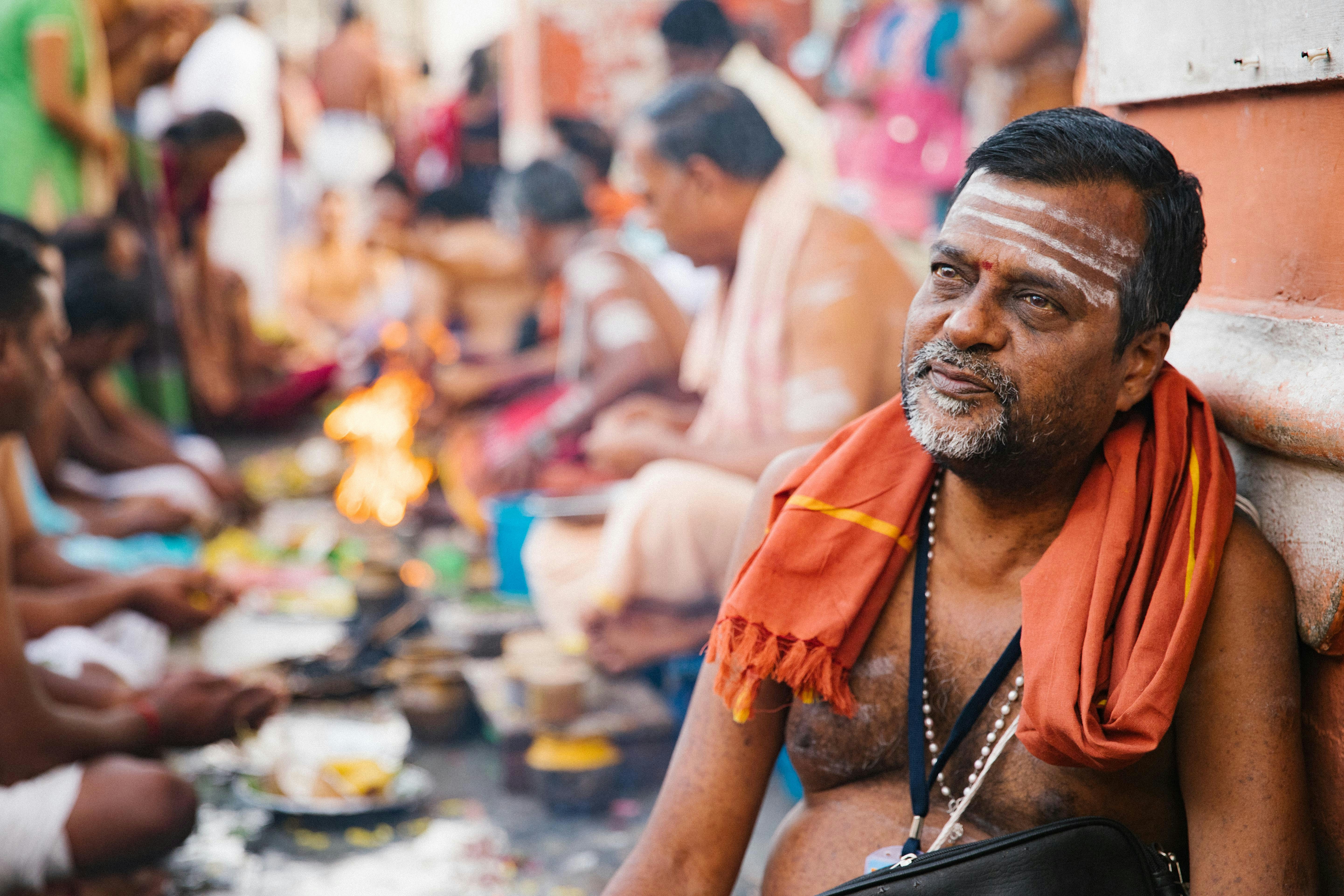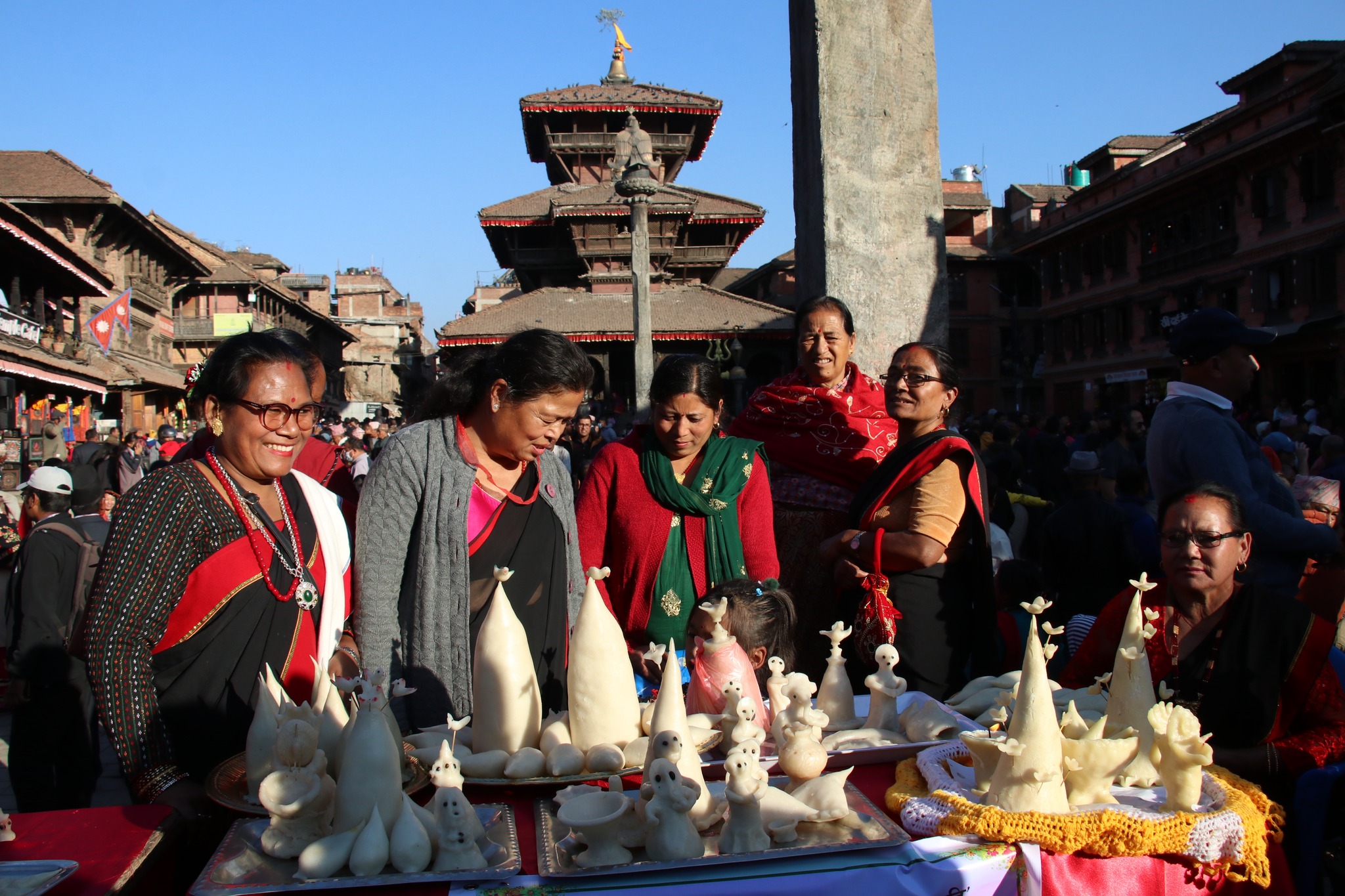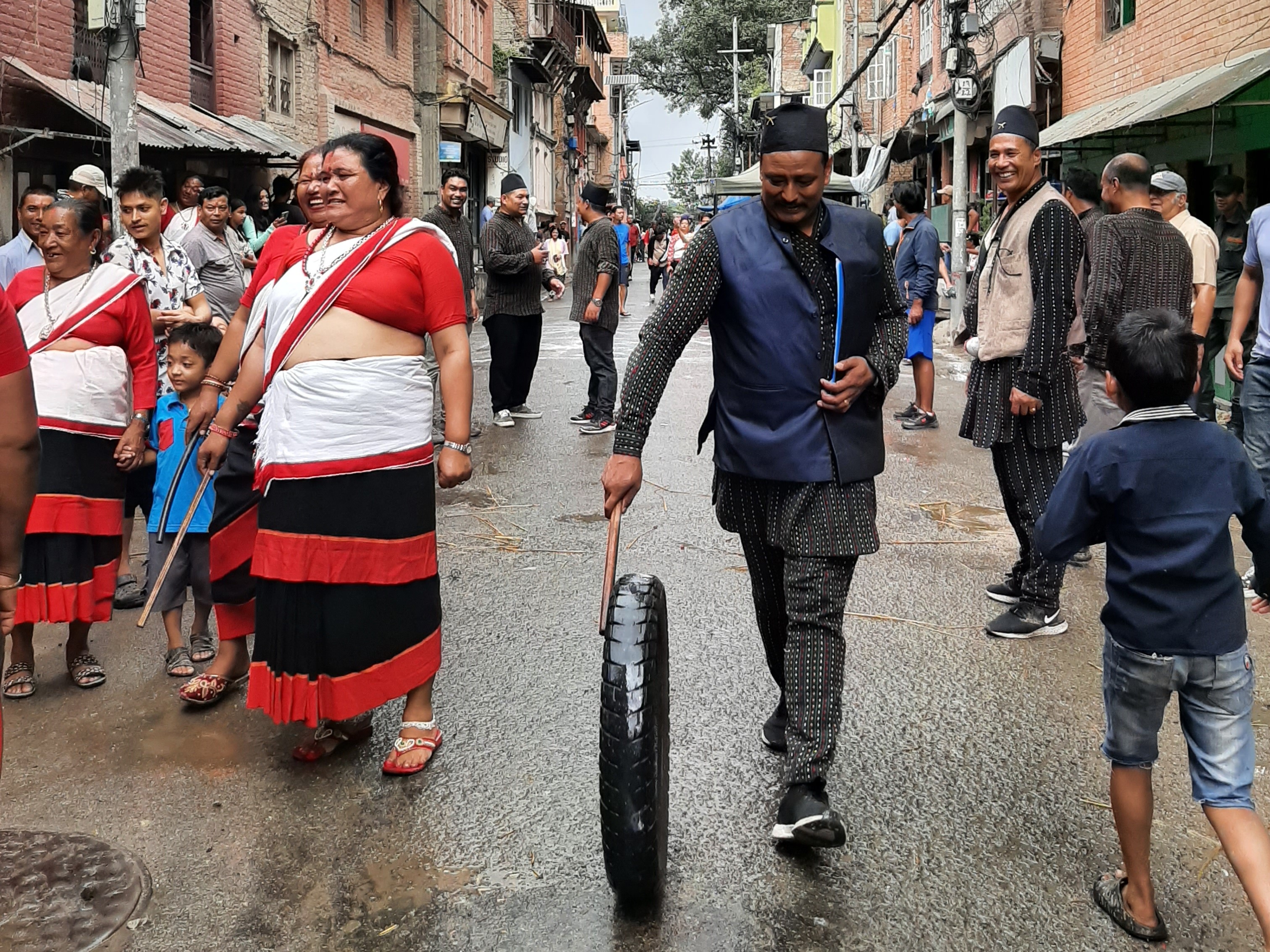
A man stepped off the pavement, made a megaphone with his hands, and shouted: “Teresa!” at the corner of Piazza della Signoria. I wanted to join him in homage to Italo Calvino. Here, in Florence, a city dotted with landmarks devoted to Renaissance art and architecture, Calvino, a contemporary writer, is invisible.
The invisibility is rather apt as it must have been how Calvino felt when he was here — a transfer student of agriculture from University of Turin with a growing inclination toward poetry.
There may be Calvino landmarks in San Remo, Siena, or Turin, but Calvino in this city where he was invisible has become my obsession on the cobbled walkways. Here, he was a person in doubt, torn between what he had committed to and what he wanted to be. He must have walked the Piazza at dusk as a young man, a copy of the Touring Club guide in his hand, wondering why the copy of Michelangelo’s David was not considered a masterpiece.
The guidebook must have recommended that he walk the Ponte Vecchio, the Medieval stone bridge, over the river Arno. Guidebooks still do. They tell you that Ponte Vecchio was destroyed in a flood and rebuilt as a closed-spandrel arch bridge. Some books say that when the Nazis went on a bridge-burning rampage in Florence in 1944, they left Ponte Vecchio alone on the express order of Hitler. By then, Italo had left the city to join the Italian Resistance Army.
The scars from the war years are visible only if you look for them. To a passing eye, Ponte Vecchio today is vibrant with colours, souvenir shops and gelateria. Tourists that have packed into its closed-spandrels slowly fray away as the sun sets and the moon rises on the river Arno. The night is calm, the water silvery. There are people in boats rowing in the butter-coloured moonlight.
It is difficult to be in Florence, to see its sky and not think of Galileo Galilei. It is difficult to ignore the existence of ancient celestial and terrestrial globes housed today in Museo Galileo alongwith the handcrafted precision tools that the scientist and philosopher used to study the laws of motion and the movement of the stars. It is difficult, also, to not think of Galileo travelling to Florence for medical advice after he went completely blind and suffered from illnesses. To think of Galileo, unseeing, standing under the Tuscan sky where he had first observed double star Mizar in Ursa Major is heart-breaking.
It is difficult to be in Florence, to see its sky and not think of Galileo Galilei. It is difficult to ignore the existence of ancient celestial and terrestrial globes housed today in Museo Galileo…
Among all the objects in Museo Galileo, preserved in an exquisite egg-shaped box with gilded patterns, is Galileo’s middle finger (a time-honoured tradition continued by rebel scientists and artists today).
Calvino was a rebel writer. He had only wanted to become a minor writer and disliked the fame that came when his stories gathered readers. But in 1943, when he stood here on Ponte Vecchio in the light of the moon, he too may have contemplated Galileo’s life. About the choices the great masters had to make. Calvino was on the verge of following his father’s footsteps to maybe become a professor of agronomy. Instead, he became a writer of strange, clever stories.
In 1965, The Distance of the Moon was published in Calvino’s collection of short stories Cosmicomics. The strange, clever story about moon-milk collectors, that thick, cream cheese formed “in the crevices between one scale and the next” has steadily grown popular. His descriptions are precise. The moon’s terrain clear and the process by which moon-milk is formed is explained at great length. The moon-milk was “composed chiefly of vegetable juices, tadpoles, bitumen, lentils, honey, starch crystals, sturgeon, eggs, moulds, pollens, gelatinous matter, worms, resins, pepper, mineral salts, combustion residue…”
Calvino must have learned from Galileo the use of precision in language to build a world for an audience and the laws of nature in that world. Calvino didn’t have experimental proof but he had artistic imagination and he used it to carve out other worldly terrains.
In 1967, Calvino wrote in response to a letter published in Corriere della Sera that those who really love the moon are not content to contemplate it as a conventional image. He called Galileo “the greatest prose-writer of Italian literature of every century.” For those who love the moon, do not just glorify its beauty but also use precise language to conjecture the imperfections that make it real. Galileo’s writing of his observations demystified the moon into a tangible thing and changed us forever.
(The writer is based in France.)
***
Also read
























